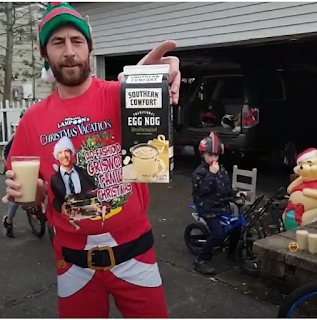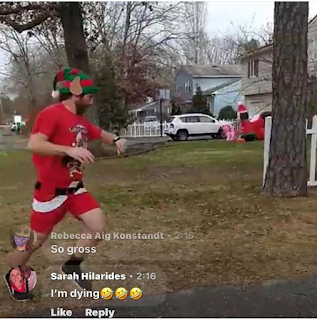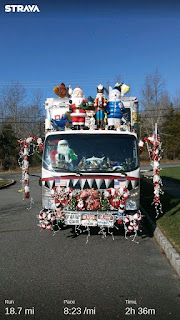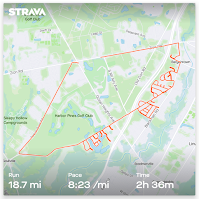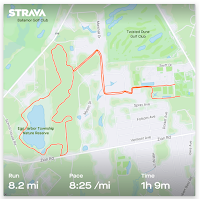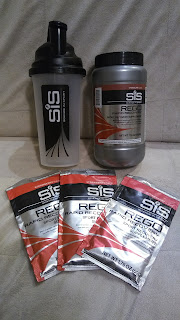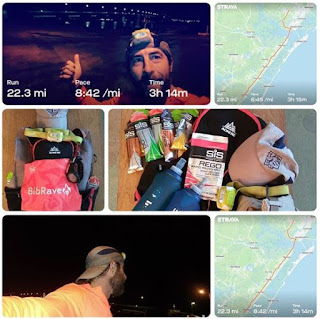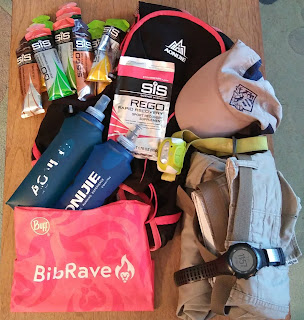Now that the New Year’s Eve celebrations are over I thought it would be a good time to get my running goals for 2021 in writing and try to add some structure to my plans for this year. My goal setting this year may look mostly like a repeat of last year’s. Which as you will probably guess is due to several goals involving races that were postponed due to race cancellations in the wake of the global COVID-19 pandemic. So my number one goal from last year, to test my limit at a 24 hour race, will carry over and be my number one goal this year at the rescheduled 24 hour event I intended to run last year. And again, I hope to improve my longest distance PR (goal #2) at this event. I actually achieved the distance PR goal last year increasing my longest distance run from 104 miles to 106 miles while setting the Batona Trail out and back FKT. However, I hoped to increase that PR more than just 2 miles last year so I will attempt to better that PR again this year at the rescheduled 24 hour event. Silver lining, I get the opportunity to better my distance PR two years in a row!
Maybe I’m being over cautious, but as of now those are my only running goals that require an actual event. After nearly all of last year’s events were cancelled and the uncertainty of what will happen this year, I don’t want to have to depend on race events to accomplish my running goals.

My only other running goals this year are to attempt another FKT and to progress my project to run every single street (ESS) of Egg Harbor Township. For the ESS project, I don’t expect or plan to finish this year. If I can surpass 75% complete (currently just under 50%) I’ll be happy with that progress. And if you’ve been following as I’ve been working on this goal for the last year, the answer is no, I do not plan to start driving to more convenient starting locations to finish more quickly.
My FKT plans are a bit uncertain and more fluid than my other goals. Which route(s) I attempt depends somewhat on what kind of help I can line up and what races happen. The routes I’m considering in no particular order are A) NJ Appalachian Trail out and back (140 miles), B) Iowa state crossing (277 miles), C) Delaware and Raritan Canal Towpath (65 miles), D) Henry Hudson Trail out and back (52 miles), and E) Batona Trail out and back X 2 (212 miles). Which routes I go for all really depends on what race opportunities present themselves this year and what kind of crew help I can muster up.
In addition, I have one other fitness assessment training goal this year: to take Dr. Kenneth Cooper’s 12 Minute Test of aerobic fitness. I stumbled onto this while thumbing through a bit of a dated (1978) Runner’s World training diary that my supervisor passed on to me. I think I should be able to reach the “Excellent” category for my age group, but I want to test it to make sure.

Lastly, and I wouldn’t say it’s really a goal but more of a plan, I intend to register for a few virtual races as well. I’ll mostly be using these as motivation to push through training runs while working towards my larger running goals. I already registered for my first virtual race, the Detroit Allstate Hot Chocolate 15k on 4/17/2021. If virtual races are your thing and you like chocolate, use code “BRHC20” when you register to receive a free running hat!
Disclaimer: I received an entry the the Detroit Allstate Hot Chocolate 15k to review as part of being a BibRave Pro. Learn more about becoming a BibRave Pro (ambassador), and check out BibRave.com to review find and write race reviews!




